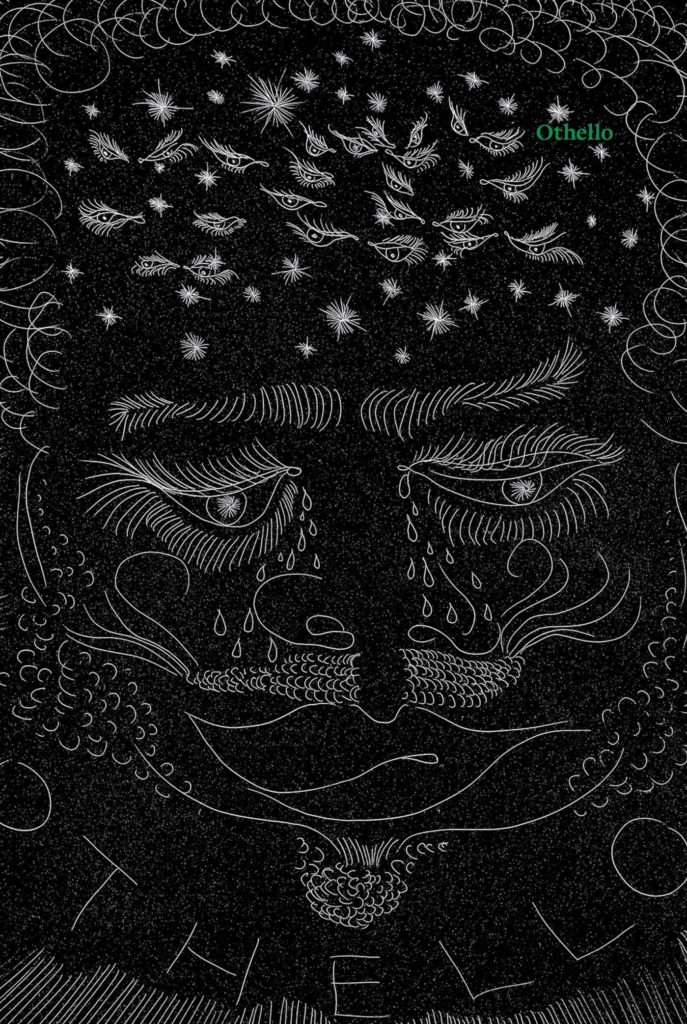My mom loved a good yard sale. Whenever she saw something with the word Shakespeare on it she’d snatch it up, rarely even knowing what it was, and bring it to me the next time we saw each other. “You probably already have it,” she’d say, “but I got it for a quatta.” (That’d be twenty five cents outside of New England :)) Inevitably it was a collection of the sonnets or a small bound copy of a single play, something that I did already have several of. And each time I’d say to her, “Shakespeare isn’t like other books. It’s not just about the words with each book, it’s about how a particular book chooses to present the words.”

I was reminded of that story when two books from David Zwirner Books arrived. I now have new copies of Othello and A Midsummer Night’s Dream. As far as the Shakespeare goes? It’s the same words we all know and love. Well organized and presented, plenty of whitespace, line numbers down the left, glossary on the right. It’s a nice, easy read – and I can’t say that about every book, I’ve seen some real doozies of a teeny tiny font that I could maybe read comfortably twenty years ago.
Then it dawned on me, that’s not what these books are about. David Zwirner is an art gallery. Each of these books showcases the work of a particular artist, using a particular Shakespeare play as inspiration. They are little artworks in their own right. Why have just one image inspired by a play, when you can make a whole series? And if you’ve got a whole series of images inspired by a play, why not decorate the play with those images?
This makes for an interesting challenge for me, because I know nothing about art. I can say what I like and don’t like, but I’d hate to say something stupid or worse, offensive.
So let’s start with Chris Ofili’s Othello. There’s a clear statement being made here right from the opening essay, referring to Othello as a problem play (“doubly so,” even) and referring to it, several times, as a “white fantasy of blackness.” I don’t know how to speak to this, and I don’t want to cloud my description of the book with my opinions. As the saying goes, I understand that I will never understand.
The artwork is all stark white line drawings on solid black background. Each representation is Othello’s expressive face, with a glimpse at what he is thinking. Sometimes he looks happy, sometimes angry, sometimes sad.
I would love to just get all the images from the book and display them here, and we could discuss which images goes with which scene. Or animate them like a flipbook to watch what happens in Othello’s mind as the action plays out. I think that would look kind of cool, actually.
Stay tuned for part two where we look at A Midsummer Night’s Dream!

For a really interesting look at the problems represented by Othello, pick up a copy of James Shapiro’s new book, “Shakespeare in a Divided America.” I always find Shapiro interesting to read, although this book cuts very close to the bone these days.